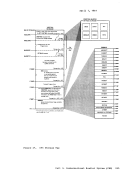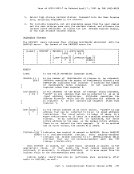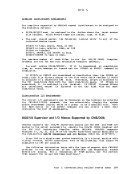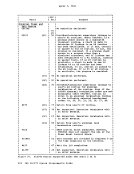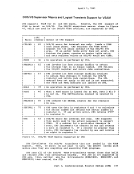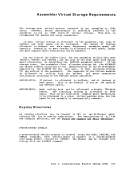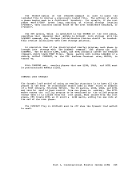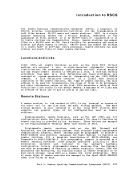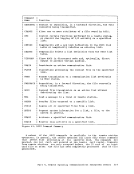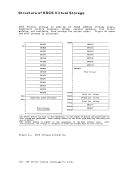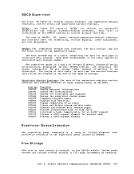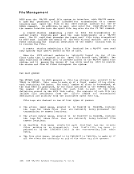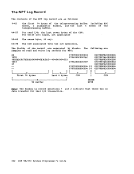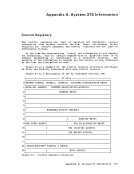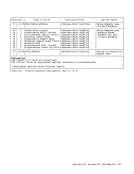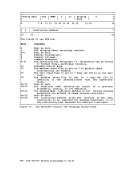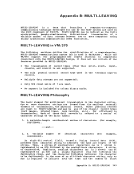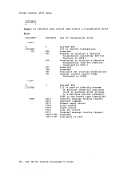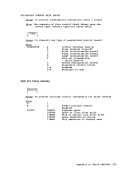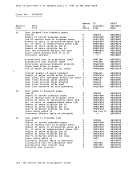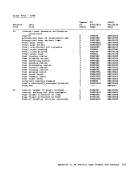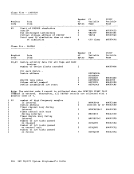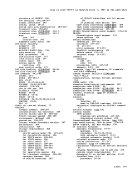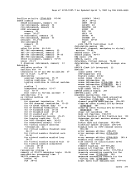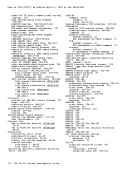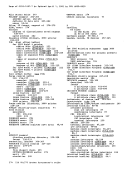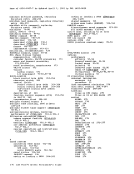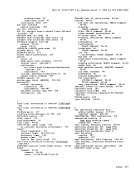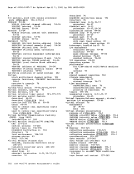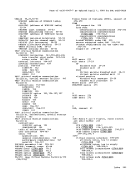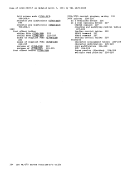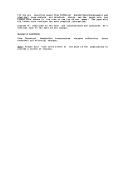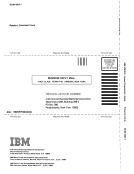operating in a
restrictions for the simulated
loaded phase, followed by a LINK by succeeding phases, may cause
unpredictable results.
Listed below are descriptions of all the
simulated by
results that differ from those given in
stated.
simulation routines. The entry point name in LINK,
specify a module name. This switch is turned on and off by using the
descriptions of all
The
options are not
to an item number acquired by a
All options of
waits for the
specified ECBs.
completion bit to
The
be
set in the
All options of
completion code and a completion bit in the specified
phase storage, unchain and free latest request block,
and restore registers depending upon whether this is
an exit or return from a linked or an attached
routine. Do not use
explicitly loaded phase. If
this purpose,
GETMAIN gets blocks of free storage.
All options of FREEMAIN are supported except
is ignored by
abnormal termination if used. FREEMAIN frees blocks
of
The
other options of LINK are supported. LINK loads the
specified -program in-to
passes control to the specified entry point.

























































































































































































































































































